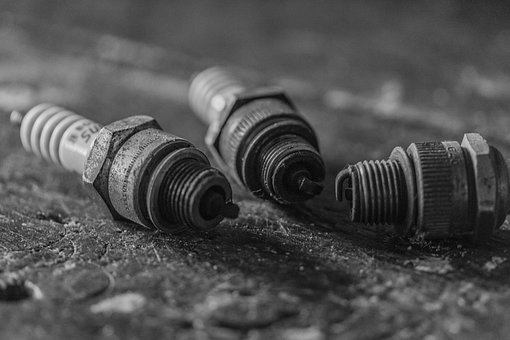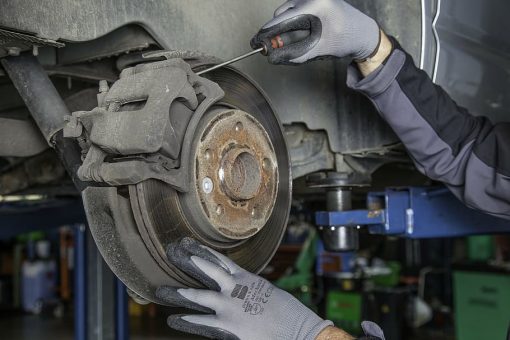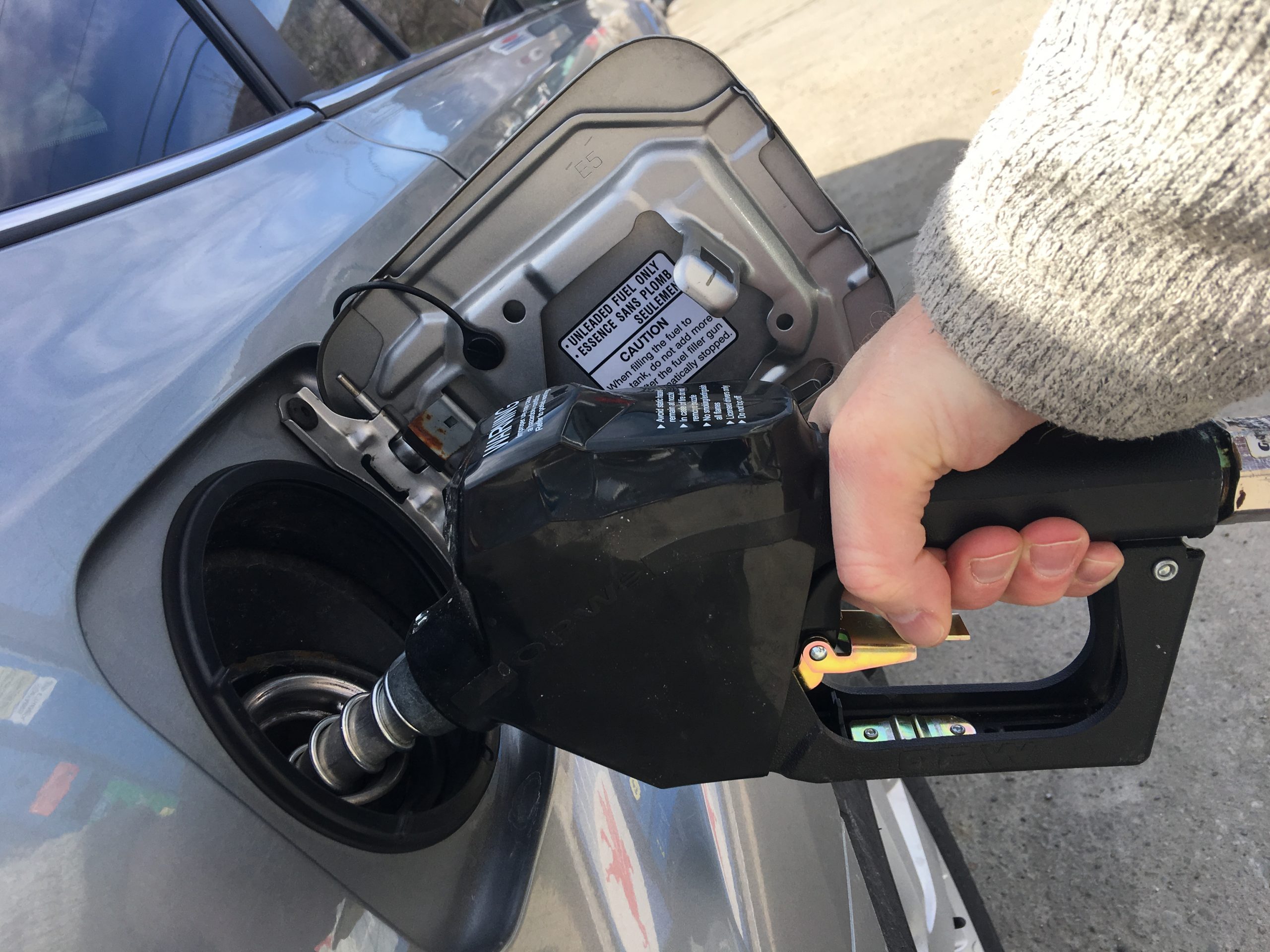Unusual fuel consumption should raise your concerns, notably if you haven’t altered your driving habits or routes and your vehicle isn’t overloaded.
Indeed, if your car begins to consume excessively, it is due to a technical issue, often due to neglected maintenance.
The 2 most common causes of overconsumption are discussed in this post.
1. Spark plugs

On a car with spark ignition, the good condition of the spark plugs guarantees optimal engine operation, especially in LPG and compressed natural gas (CNG) engines.
The manufacturer’s recommendations allow up to 60,000 km between two overhauls. In case of a sudden failure or a bad start, it is pretty easy to check them with a minimum of cleanliness and precautions:
Locate the spark plugs well and to avoid mistakes, remove them successively with the specific tool. This way, you avoid introducing an external element into the cylinder via the spark plug hole, which you must seal with a small plug. You can do this with a piece of tissue, for example.
Dismantle it carefully because the white ceramic of your spark plugs is very fragile, and its cracking is fatal.
For a possible cleaning, ideally use sandblasting or, failing that, a toothbrush, but never its metal workshop version: you can check and reduce the gap between the electrodes and then spray some brake cleaner in aerosol to clean this working area with the brush.
Use the same dry solvent for the outside, then wipe immediately with a clean disposable cloth, nothing more.
Before screwing it back in at the recommended (low) torque, so as not to crush the gasket too much, don’t forget to clean the bottom of the spark plug hole, which is often dirty and greasy. Here, you can use a cotton swab soaked in the same brake disc solvent.
If you don’t see any improvement after reassembling, have an accurate diagnosis done at a professional auto garage or change your spark plugs for new ones of the same brand and reference.
Good to know: even with new spark plugs, the distance between the two electrodes on the engine side, at the bottom of the spark plug, must be as prescribed by the manufacturer. This is specified in the maintenance manual for your vehicle. In general, this value is only 0.7 to 1.5 mm, and an excess will be unfavorable to a good start. To check it, you need a gauge or a set of universal shims that can be easily bought at a spare parts store. As far as the adjustment is concerned, never knock on the external metal electrode but twist it gently and parallel to the bottom of the spark plug.
2. Reluctant brakes

A car can also become more greedy if one of the four brakes remains active, even if only slightly. It’s not always easy to tell when you’re driving unless you hear a steady hissing sound at low speeds between walls.
In this case, one of your brake calipers may be seized by winter salting and lack of maintenance. To find out for sure, proceed as follows:
Raise the car with your jack, at the front, after putting chocks on the other wheels, and turn the front wheel by hand: it must turn freely without any hard spot. Check the other front wheel by doing the same.
Repeat the operation at the rear, taking care to wedge the front wheels with a beveled wedge or a cinder block. The rear wheels should also turn effortlessly.
If you find that one of the wheels is difficult to turn, you have found one of the causes of your gas overconsumption.
There are brake cleaners or non-greasy spray solvents that can be effective without disassembly. Before you take the car in for service, spray it liberally on the brake behind the wheel that is locking up.
Otherwise, try to maneuver the brake pads by gently pushing them back with a large flathead screwdriver without damaging the fragile lining! If not, you will have to change your brake pads in pairs and by axle (on the opposite wheel).
Caution: never spray anything other than brake, clutch, or chain cleaner, and especially not grease remover! The brake would no longer be effective on the wheel where you applied the product, which could cause a dangerous swerve when braking hard.

